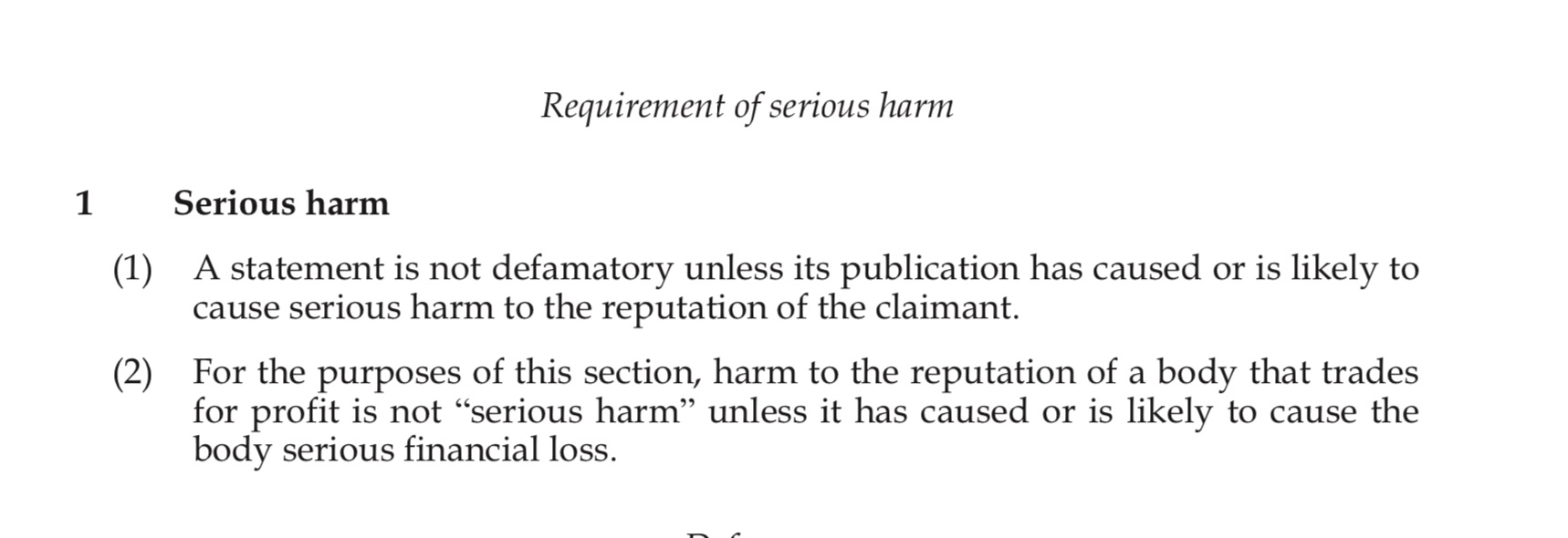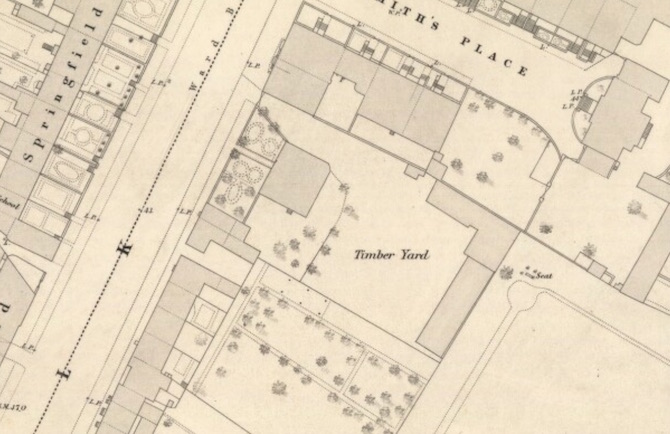Land Reform Bill Consultation
This blog post is a response to the Scottish Government’s current consultation on a future land reform bill. Detaisl can be found here. The consultation closes on Sunday 30 October 2022. The text below is not part of my consultation
Continue reading




